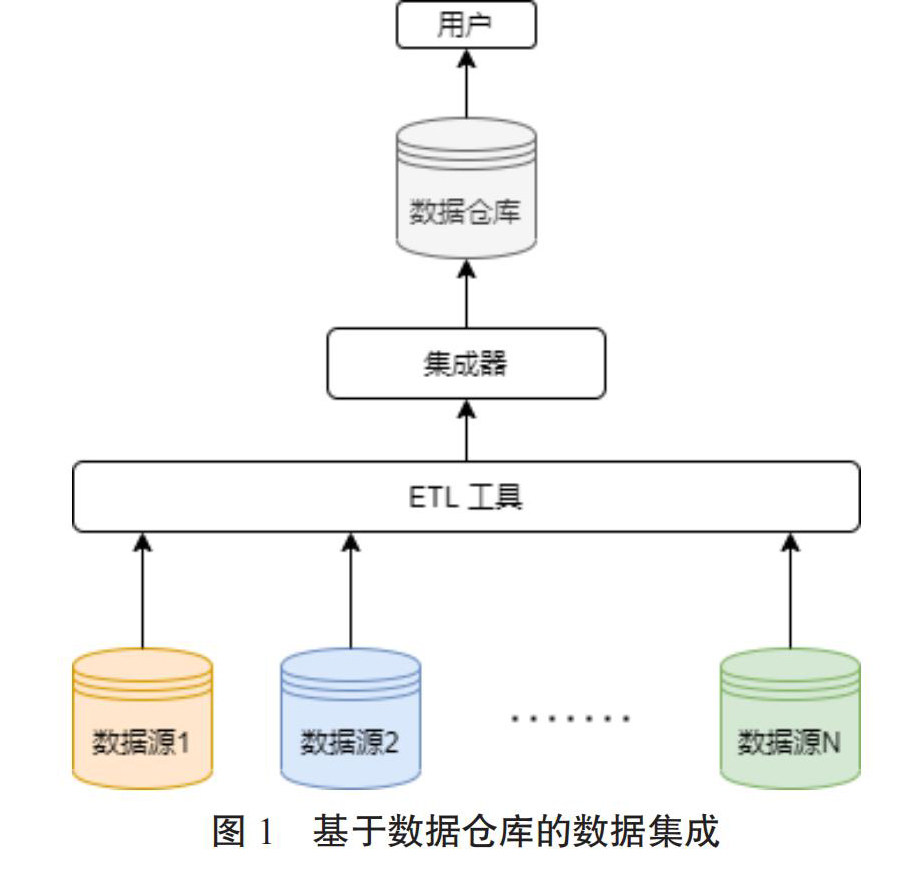多源异构医学数据的集成和学习


打开文本图片集
摘要:随着人工智能技术的发展,人工智能技术越来越多地应用在医学任务中。由于医学数据来源和结构上的多样性,导致其具有多源异构的特点。本文将系统性介绍多数据集成和学习方法,包括基于数据仓库、联邦数据库、中间件的数据集成方法,以及联邦学习、噪声数据学习、特征融合学习等对多源异构数据的学习方法。
关键词:人工智能 ; 多源异构数据 ; 集成和学习
中图分类号:R3; TP8 文献标识码:A 文章编号:2096-3718.2022.06.00.08
Integration and learning of multi-source heterogeneous data
LI Yinhao3#, LI Chengquan2#, LIU Linwei3, WANG Xia1*, XIAO Li3,4*
(1. School of Clinical Medicine, Tsinghua University, Beijing 100084; 2. School of Medicine, Tsinghua University,Beijing 100084; 3. Institute of Computing Technology, Chinese Academy of Sciences,Cas Key Laboratory of Intelligent Information Processing, Beijing 100090; 4. Savaid Medical school, University of Chinese Academy of SciencesDisciplinary Development Centre, Ningbo,Jiangsu 305010,China)
Abstract: With the development of artificial intelligence technology, artificial intelligence technology is more and more used in medical tasks. Due to the diversity of medical data sources and structures, it has the characteristics of multi-source heterogeneity. This paper will systematically introduce multi data integration and learning methods, including data integration methods based on data warehouse, federated database and middleware, as well as learning methods for multi-source heterogeneous data, such as federated learning, noisy data learning and feature fusion learning.
Keywords: artificial intelligence; multi-source heterogeneous; data integration and learning
随着我国医疗水平的进步,越来越多的医院开始引进数字化信息系统,如医院信息系统(HIS)、医学影像归档和通信系统(PACS)、检验信息系统(LIS)等逐渐被医院采用[1]。(剩余17910字)